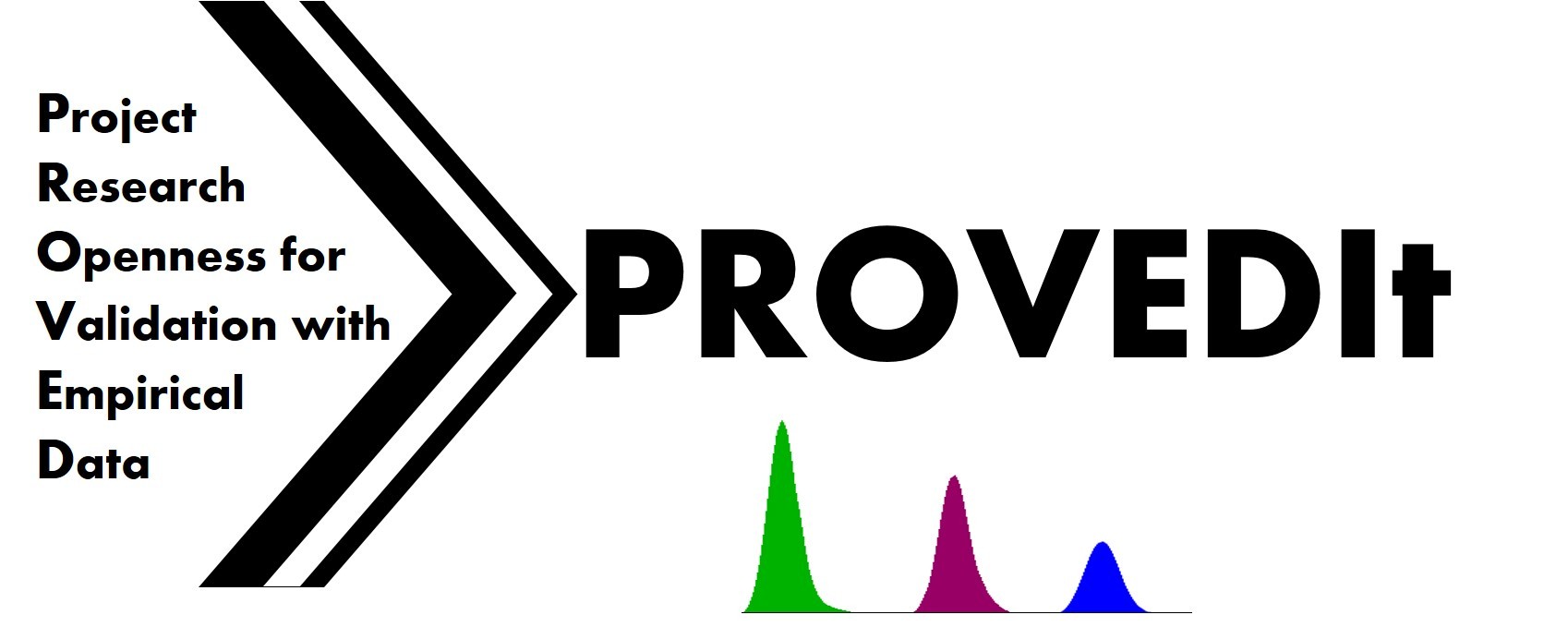Producing an empirical data set large enough to efficiently compare, contrast, and validate forensic DNA computational systems is costly, labor-intensive, and requires the amplification of many samples that may not be readily available. In an effort to provide continued support to the forensic science community and to foster growth in both forensic research and operations, we announce the PROVEDIt initiative: Project Research Openness for Validation with Empirical Data.
First announced at the 2016 International Symposium on Human Identification, PROVEDIt comprises 25,000 .fsa and .hid profiles as well as a suite of analysis, interpretation, and in silico software systems/procedures and models developed in a variety of environments by a multi-disciplinary, inter- institutional team.


